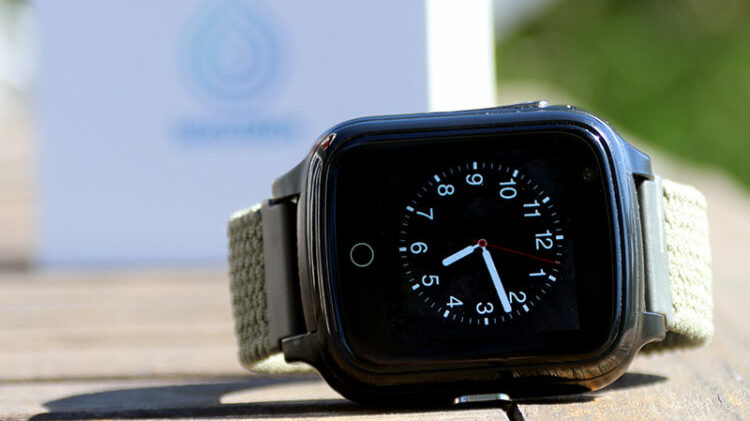How Do You Know If You’ve Had a Brain Hemorrhage?
A brain hemorrhage is a serious and potentially life-threatening condition that requires immediate medical attention. But unlike a visible injury, internal bleeding in the brain can be hard to recognize—especially if the person affected doesn’t realize something is wrong. So how can you tell if you’ve had a brain hemorrhage?
A Type of Stroke – With Sudden Symptoms
A brain hemorrhage is a form of stroke, specifically a hemorrhagic stroke, and accounts for about 10–15% of all stroke cases. It occurs when a blood vessel in the brain bursts, causing bleeding in or around brain tissue. The resulting damage happens rapidly, both due to lack of oxygen and increased pressure inside the skull.
Recognizing the symptoms quickly is crucial—early treatment can save lives and reduce the risk of permanent injury.
Common Symptoms of a Brain Hemorrhage
The signs vary depending on the location and size of the bleed. The most typical symptoms include:
-
Sudden, severe headache – often described as “the worst headache of my life,” especially in subarachnoid hemorrhage.
-
Weakness or paralysis on one side of the body – affecting the face, arm, or leg.
-
Speech difficulties – trouble speaking or understanding language.
-
Vision problems – blurred vision, double vision, or loss of vision.
-
Dizziness and balance issues – sudden instability or inability to walk.
-
Nausea and vomiting – frequently paired with headache.
-
Confusion or loss of consciousness – ranging from mild disorientation to coma.
-
Seizures – sometimes the first noticeable sign.
The F-A-S-T Test – A Quick Way to Spot Stroke
A helpful tool to recognize stroke symptoms, including those caused by brain hemorrhage, is the FAST test:
-
F – Face: Is one side of the face drooping?
-
A – Arms: Can the person raise both arms evenly?
-
S – Speech: Is the speech slurred or strange?
-
T – Time: Time is critical—call emergency services immediately!
The FAST test applies to both types of stroke—hemorrhagic and ischemic—as their symptoms can be very similar.
When to Seek Medical Help
Always call emergency services (e.g., 911) at the first sign of stroke. Don’t wait. Every minute counts. The sooner treatment begins, the better the chances of survival and recovery.
Even if the symptoms disappear after a few minutes, it may be a TIA (transient ischemic attack or mini-stroke), which still requires urgent medical evaluation.
How Is a Brain Hemorrhage Diagnosed?
At the hospital, doctors typically perform an emergency CT scan or MRI to determine if the stroke is caused by bleeding or a clot. Blood tests, neurological exams, and sometimes a lumbar puncture are used to confirm the diagnosis and rule out other causes.
A personal alarm that can be triggered at any time
Sensorem’s personal alarm can automatically trigger the alarm in the event of a fall and then automatically call relatives using the watch’s built-in speakerphone with two-way communication. The user can also trigger the alarm manually by pressing the physical alarm button. The personal alarm works outdoors and has built-in GPS positioning so that relatives can see the user’s position on a map in the Sensorem app.
SENSOREM’S PERSONAL ALARM CAN INCREASE SAFETY AFTER A STROKE
Sources
- American Stroke Association. Types of Stroke, 2022.
- Mayo Clinic. Brain hemorrhage – Symptoms and causes, 2023.
- Stroke Foundation. Recognizing stroke: signs and symptoms, 2021.

